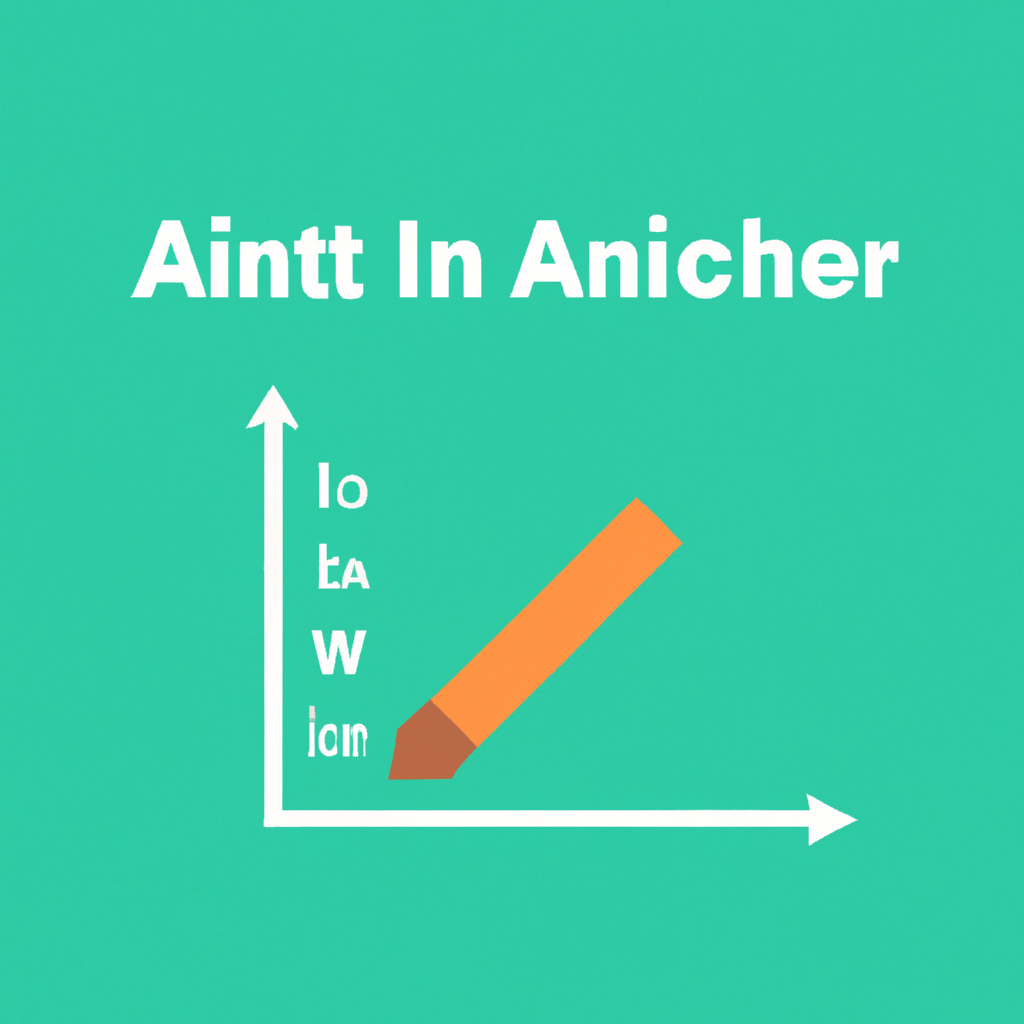Gini coefficient

The Gini coefficient is a statistical measure used to quantify income and wealth inequality within a particular population. It ranges from 0 to 1, where 0 represents perfect equality (everyone has the same income or wealth) and 1 represents complete inequality (one person has all the income or wealth). The coefficient is derived from a Lorenz curve, which plots cumulative income or wealth against the cumulative percentage of the population. A higher Gini coefficient indicates greater inequality, highlighting disparities between the rich and poor. It is a widely utilized tool in economic and social research to assess the distribution of resources and evaluate policy impacts on inequality.
Read more












